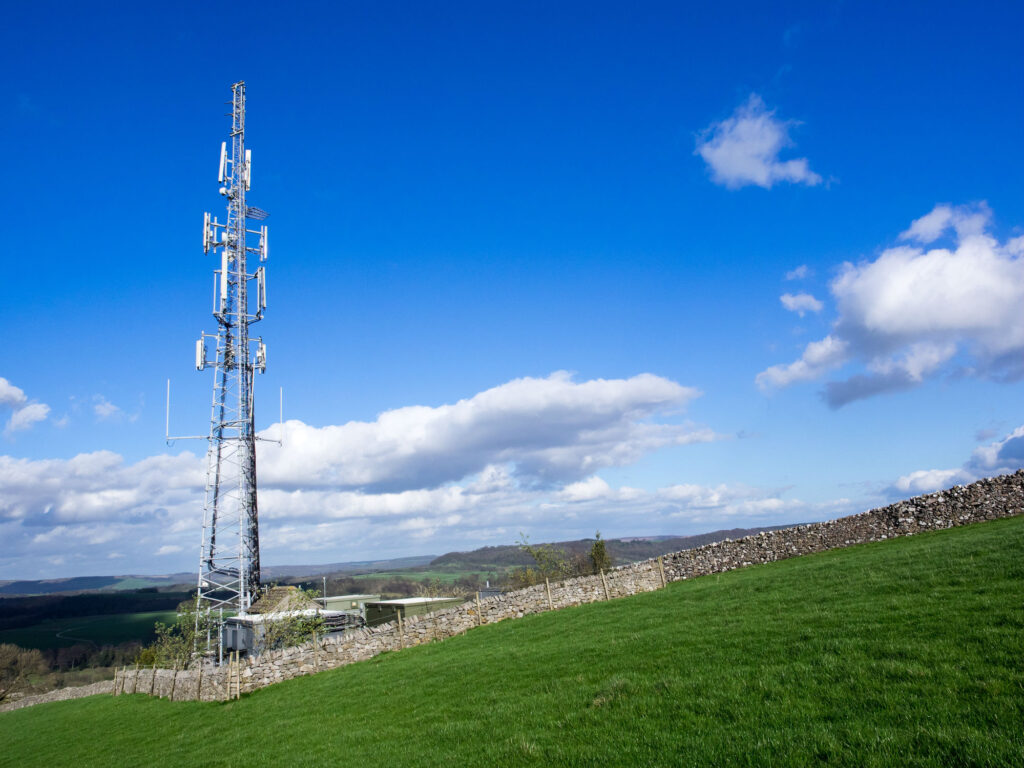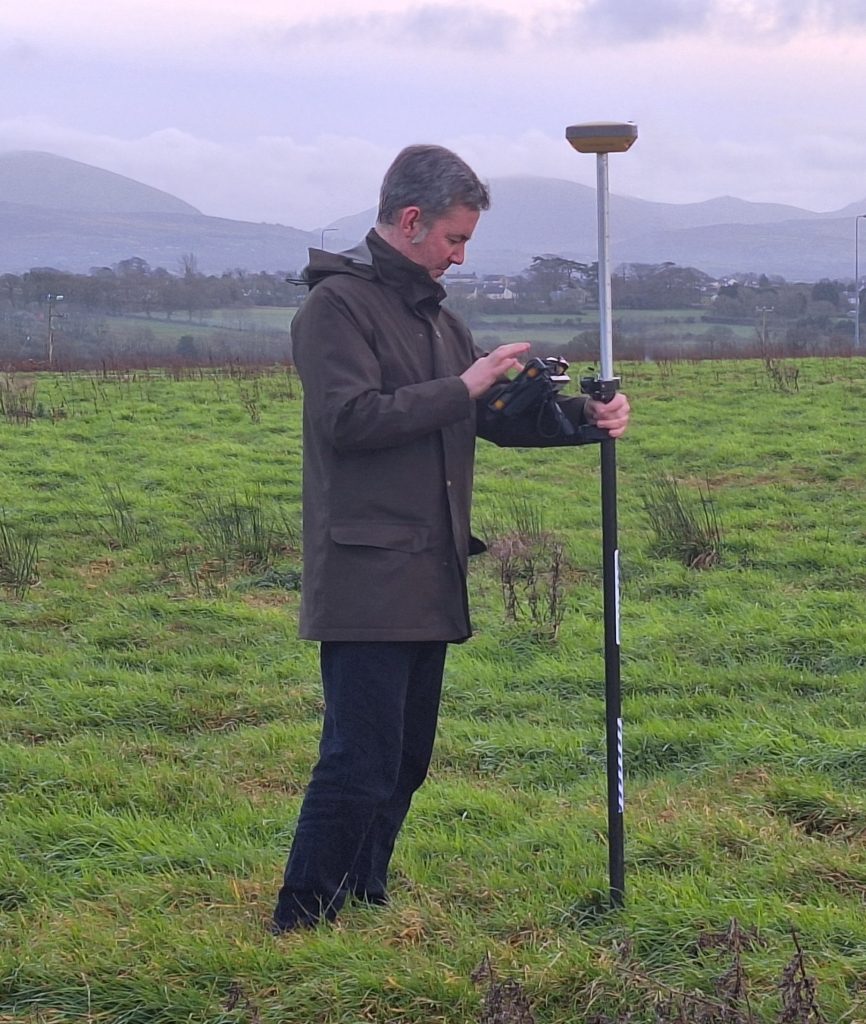The ‘new’ Electronic Communications Code came into force on 28 December 2017. The revised Code was introduced to provide a range of measures said to make it easier to allow network operators to roll-out infrastructure on both public and private land.
Since that time, we have seen a steady flow of case law which has been trying to tackle how the revised Code should be applied to existing telecommunication sites and lease renewals, how site sharing and upgrading is to be dealt with and the valuation implications of all of this for farmers who are approached by operators and their agents.
So whilst all of this is being settled, a new challenge appears. The rise of the temporary telecommunication mast. These towers look similar to permanent masts, in fact they can be in excess of 20m in height, but they are usually described by operators as requiring no ground excavations (structure and foundations being above ground) and therefore reducing the need of heavy plant and machinery associated with civil engineering projects.
On the face of it, this piece of innovation makes a great deal of sense. It delivers digital connectivity at a fraction of the price and at a pace quicker than a permanent mast could do so, given the challenges of undertaking any level of development work within sensitive locations, but is this really the case?
One look at the drawings of these temporary masts tells another story. They require significant ballast bases, they need power and so expect a temporary generator (noise) as well, and they will require at least one metering cabinet which will need to be laid on ground that has been levelled and scrapped back before the infrastructure can be installed. They usually command an area of land of at least circa 7m x 7m and they will need to be secured through security fencing. Additionally (and importantly), the mast will still need to be able to be brought to site and so access remains an important consideration irrespective. They can also, if erected in a hurry, look messy and so be prepared to seek recompense through reinstatement if ground conditions prove unfavourable at build.
Whether you agree the above looks temporary or not, the real reason for the qualification of being temporary is it’s planning status. The operator is likely to rely on an Emergency Notice. Schedule 24 of the Permitted Development Regulations, Part A(B) allows for an emergency access not exceeding 18 months. The real strategy though is whether once installed the temporary site can be made permanent.
So does any of this matter to the farmer? Yes all of it should. The temporary mast has the capacity of paying a temporary rent which is usually capitalised plus build disturbance payments. However, much like the mast, these payments are temporary though as well, with the real risk being that once the mast becomes permanent, the potential retrospective permanent mast negotiation is significantly weakened from the stand point of the site provider/ farmer.
It shouldn’t be this way. Cost savings from good innovation like this should be capable of being shared with site providers/farmers such that the benefits to all are felt mostly by those impacted by these developments, namely the local community of which farmers form an important part.
Baileys and Partners have been working with operators and farmers on site-specific negotiations relating to telecommunication masts throughout Wales in order to both safeguard our client interests and assist in the speed up of roll out of high-speed digital networks.
How we can help
- Professional Advice and Representation – Landowners being approached by site operators should seek professional advice immediately. Legal and professional fees are usually covered by the telecom operators, therefore our service need not necessarily come at the landowner’s cost.
- Negotiating the best outcome for our clients – We are experienced in representing our client’s needs and ensuring that the best possible outcome is achieved when negotiating Heads of Terms.
- Take time to understand the implications – We will ensure that you have the information, advice and full support required to make an informed decision.
- Farm management advice – We can provide advice on wider farm management relating to the telecommunication premises, such as advising on Basic Payment Scheme, potential tax implications and preparing damage and compensation claims.
Please get in touch to see how we can help.
Llanbedr Office: Ed Bailey and Jodie Pritchard 01341 241700
Anglesey Office: Tom Hughes 01248 893777







